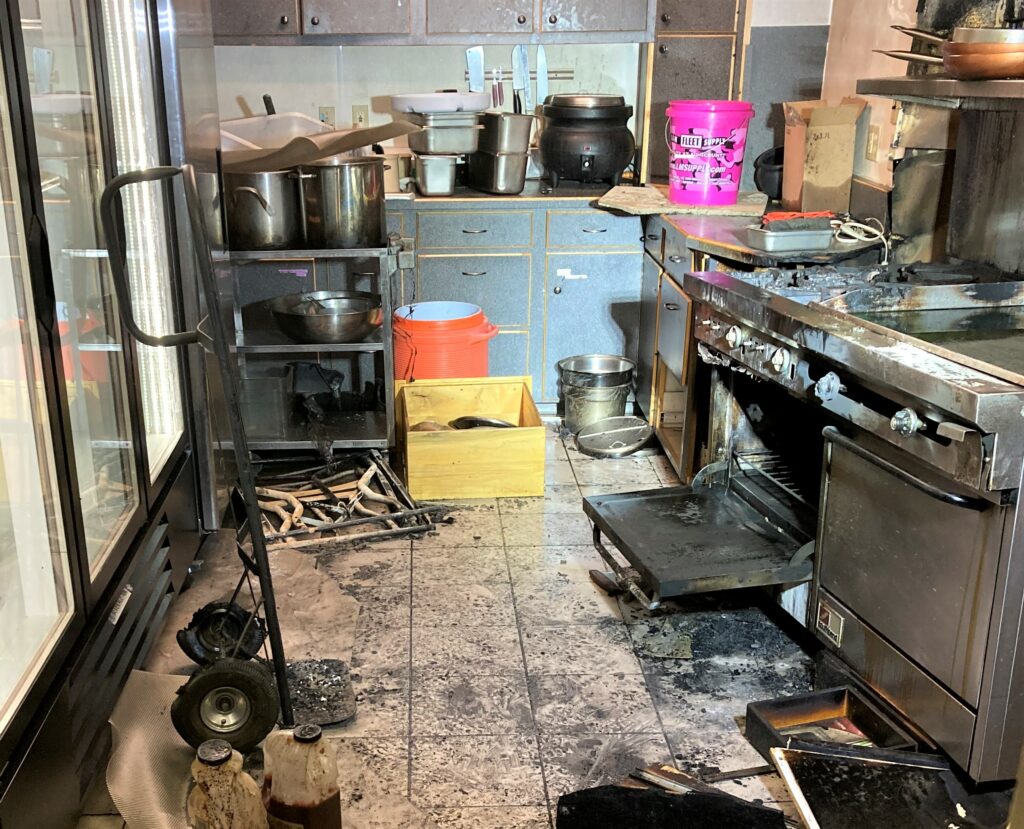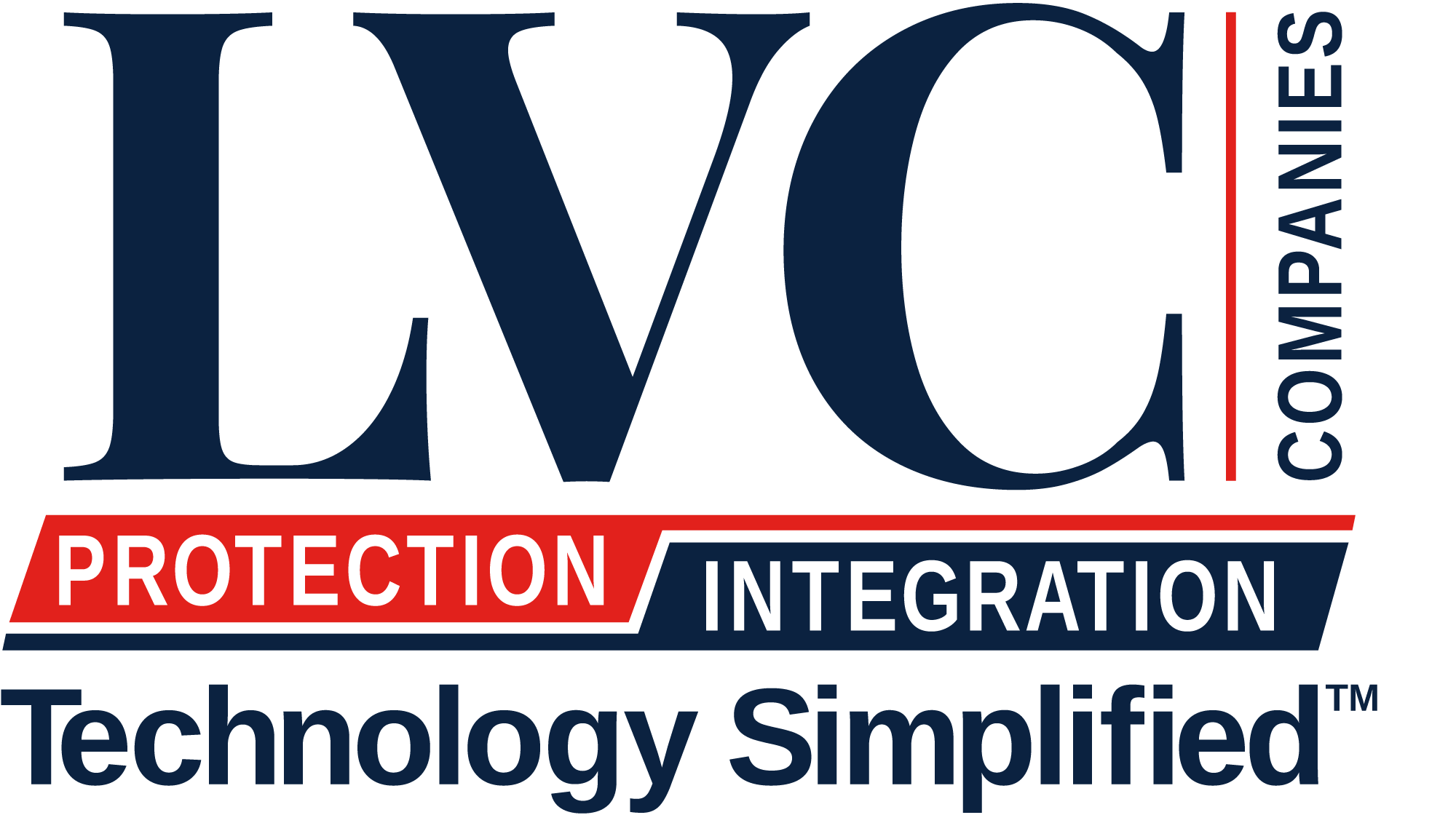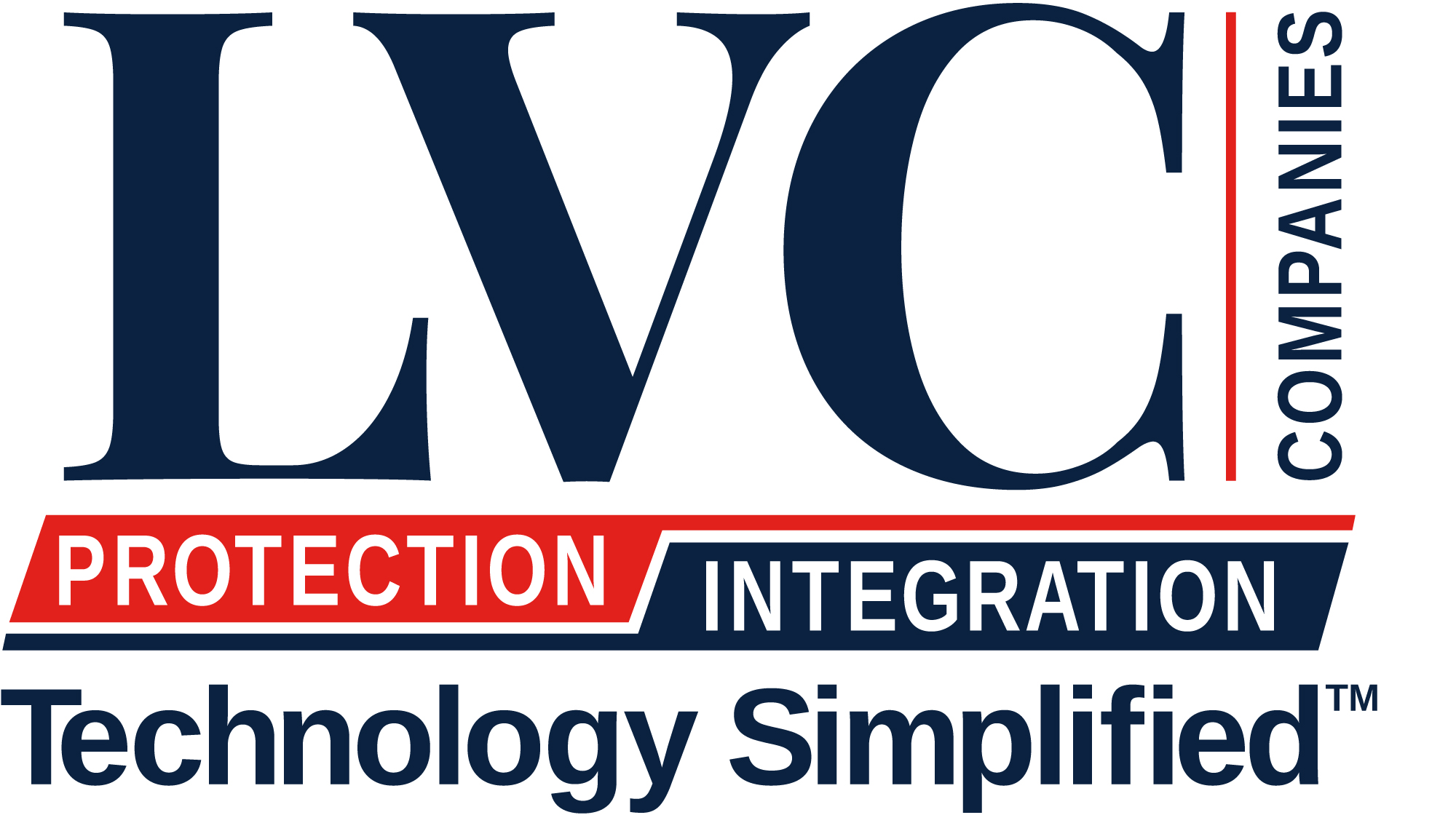
Kitchens are the heart and soul of any restaurant or commercial food service operation. But they are also notoriously hazardous environments. Which is why a reliable commercial kitchen fire suppression system is critical to keeping people and property safe.
Indeed, skimping on or neglecting your commercial kitchen fire suppression system is a recipe for disaster. Here’s what you need to know to protect your commercial kitchen from fire.
“Commercial kitchens offer multiple fire risks, and incidents within these environments can have serious, even deadly consequences,” says LVC Companies’ pre-engineered suppression system manager Corey Kangas. “Grease-laden, vapor-producing appliances such as fryers, griddles, ranges, and char broilers are fire risks. Combine them with ventilation systems that can accumulate grease and oil, and you have threats and fire suppression challenges best left to the experts.”
LVC Companies can address these threats. We offer the latest solutions in pre-engineered fire suppression systems for commercial kitchens, as well as mines, logging operations, mobile equipment, manufacturing facilities, and more. With more than 40 years of experience and an impeccable track record, our services are second to none.
“We design, install, inspect, and maintain self-activating fire protection systems that suppress grease fires in commercial kitchens,” Kangas explains. “We offer the same services for food truck fire protection. Like any food-service operation, food trucks are vulnerable to potential fire hazards, and because of their size, a fire can spread rapidly. Open flames, propane tanks, cooking oils, and other risks are present and like all food service equipment, regular inspections and maintenance are required to ensure proper protection.”
Reliable fire suppression technology designed to overcome commercial kitchen challenges is critical. “We utilize world-class systems from ANSUL and Amerex that offer fast flame knockdown and effective distribution of the extinguishing agent, backed by the assurance of third-party testing,” Kangas explains.
Biggest Threats
The main causes of commercial kitchen fires include cooking appliances being left unattended during operation, self-ignition of overheated oils, malfunctioning appliance safety switches and thermostats, fan-motor failure, and grease deposits in ventilation systems.
A lack of awareness among kitchen staff is another factor which may cause a commercial kitchen fire to escalate out of control. For example, grease particles in kitchen extraction ductwork may ignite without kitchen staff detecting the danger. This makes grease-laden ductwork one of the most common hidden fire hazards in a restaurant.
Strict cleaning regimes, together with fire suppression system service and maintenance programs, are required to keep grease deposits to a minimum and ensure systems remain fully functional.

Fight Kitchen Fires And Win
The range of hazards found in commercial kitchens calls for robust fire suppression technology to maximize protection of people and assets. At the same time, these systems should maintain the restaurant’s aesthetic appeal—particularly with kitchens that allow diners to see into cooking areas.
In short, kitchen fire protection systems must perform reliably, provide complete coverage, and meet the stringent fire code regulations while blending seamlessly into the building’s aesthetics.
Due to the speed at which restaurant fires can develop, commercial kitchen fire protection systems must be able to extinguish fire quickly and provide complete coverage to prevent re-flash of hot substances.
Dual-agent technology, which combines the fast flame knockdown of wet chemical and the rapid cool-down capability of water, is ideal for these purposes. ANSUL’s dual agent Piranha Restaurant Fire Suppression System—proudly offered by LVC Companies—combines the best firefighting characteristics of PRX Liquid Fire Suppressant and water to knock down flames and cool cooking equipment quickly.
Tests have revealed a dramatic increase in firefighting performance from the ANSUL Piranha system’s agent-plus-water fire suppression technology, compared to conventional single agent systems. It can cool cooking oils up to 15 times faster, provides increased coverage of hazard zone areas, and uses 60 percent less agent, requiring fewer storage tanks. This ensures maximum efficiency and helps minimize clean-up costs for operators.
“The ANSUL R-102 is another top restaurant fire suppression system,” explains Kangas. “It protects the hood, appliance, ductwork, and plenum. Heat-sensitive fusible link detectors activate the system, which then automatically shuts off appliance energy sources and deploys a fire suppressing agent into the plenum and duct, and onto the stove. The R-102 uses an extremely effective yet non-corrosive, kitchen-friendly ANSULEX Low pH Liquid Agent to quickly knock down flames and cool hot surfaces.”
As a testament to this system’s effectiveness, an ANSUL R-102 system installed and maintained by LVC is credited for helping stop a fire in the Hibbing Curling Club kitchen from spreading to other areas of the beloved Hibbing Memorial Building complex. Click here to read more about it.
Don’t play with fire. Make sure your fire suppression system is up to code and ready for action. LVC’s commercial kitchen fire suppression services include design, installation, improvements, testing, and service. Contact us for more information or to schedule a consultation or service visit today.
Note: Jan Waldow, product manager of Tyco Fire Protection Products (ANSUL’s parent company), contributed to this story.

